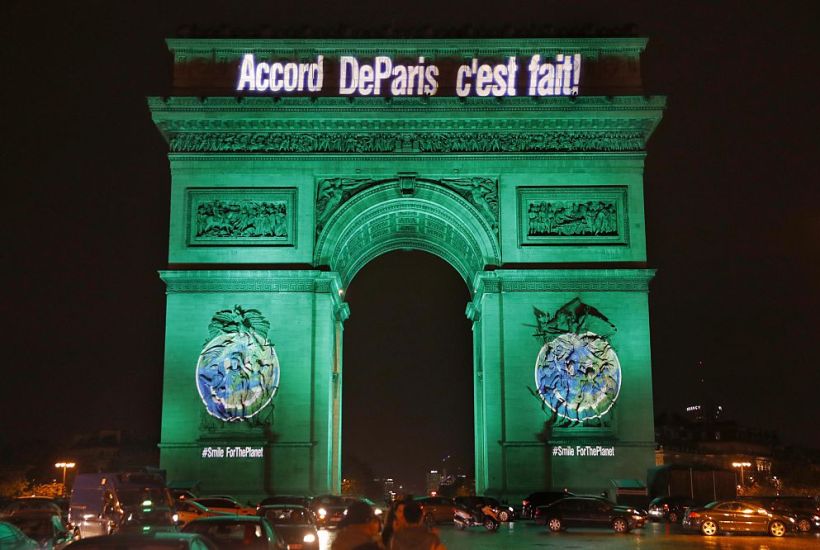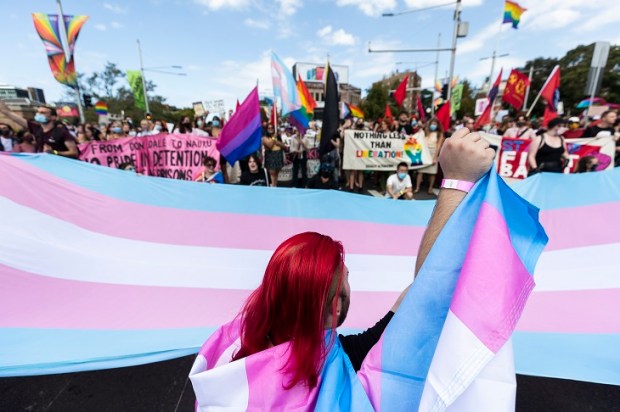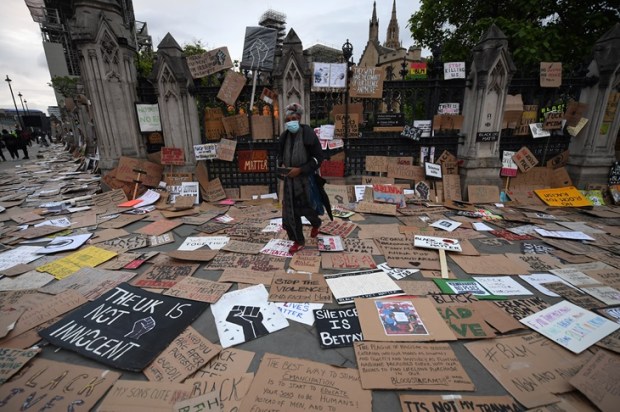In 1593 Henry of Navarre, a Protestant prince turned Catholic to win the French crown, supposedly remarked, “Paris is well worth a mass’.
In 2018, Australians are being asked to accept the Paris Accord, the non-binding agreement on climate change that few in the community really understand, and if they did it would scare the living daylights out of them.
This is according to government backbencher Craig Kelly, the Member for Hughes, a man fighting almost singlehanded to put the brakes on what he sees as a catastrophic dive into lower living standards for all in this country, brought about by acquiescence to an agreement from which the US has now retreated.
Former PM Tony Abbott stirred things up last week with a speech delivered to the Australian Environment Foundation that questioned the rightness of pushing on with an agreement that he, on the advice of his bureaucrats had, in fact, agreed on, but now believed we should ditch.
The advice Abbott received was given by public servants who were most likely liaising with counterparts in the Obama government. Obama’s Democrats were of course, in favour of the Paris Accord, which, Trump has now walked away from. Abbott’s speech raised further consternation and fierce debate about What We Should Do, with the Turnbull government persisting on its present course, the National Energy Guarantee, the NEG.
The official document that sets out the details of Australia’s response, Australia’s Emissions Projections 2017, is a weighty read of 40 pages.
Its executive summary states:
The 2030 target will require: 868-934 Mt CO2-e in cumulative emissions reductions between 2021 and 2030 to meet the 26 per cent and 28 per cent targets respectively. This is a downwards revision of 122 Mt CO2-e since the 2016 projections. These projections do not take account of abatement from policies under development including the National Energy Guarantee and fuel efficiency standards.
The key drivers of emissions to 2030 are: increases in transport activity linked to population and economic growth [and] increases in herd numbers in agriculture linked to international demand.
And the additional details given is also informative:
Voluntary action refers to individuals and companies offsetting their emissions to become ‘carbon-neutral’ and households buying GreenPower (a government-accredited program for energy retailers to purchase renewable energy on behalf of customers). Voluntary action achieves emissions reductions additional to—that is, above and beyond—national targets…
Under the carbon tax, many landfill facility operators charged their customers in relation to future carbon liabilities that were expected to accrue as the waste being deposited decayed over many decades. Now that the carbon tax has been repealed, the voluntary Waste Industry Protocol allows these landfill operators to acquit these charges by purchasing carbon abatement credits and voluntarily transferring them
Does anyone outside the climate wonks in the Department of Energy and Environment really understand what this all means? There is a final, slightly unsettling line on the very last page of the report. It says:
Disclaimer
The views and opinions expressed in this publication are those of the authors and do not necessarily reflect those of the Australian Government or the Minister for the Environment and Energy. [Author’s emphasis.]
Craig Kelly says, “[Paris] could mean the economic slowdown for Australia’s transport industry and the culling of Australia’s beef and dairy herds by some 28 per cent, if we are to reach the agreed-upon target by 2030. It would also mean destruction of thousands of jobs and cost hundreds of billions of dollars if we go down the path of the NEG”.
Exactly how much?
“That’s a very good question,” Kelly replies. “I tried, unsuccessfully, to drag an answer out of former Treasurer Joe Hockey as to the real costs of going in with the Paris Accord. But he didn’t know. Or if he did, he wouldn’t tell me.”
Kelly believes strongly that the NEG will doom Australian farmers “all our farting, burping cows,” and savage our transport infrastructure.
Under Paris, Australia is forced into the position of having to cut greenhouse gas emissions to meet global targets while so-called less developed nations, China and India, will be allowed to continue to increase theirs into the future.
As Graham Lloyd, the environment editor at The Australian, has reported, when the US pulled out, the Green Climate Fund, essentially the bank of transfer of money from wealthy countries to poor ones under the Paris Accord, deflated by US$2billion, nearly 20 per cent.
According to the experts, the GCF’s kitty now holds only $10.8 billion.
So will Australia have to increase its financial contributions as well as decrease its energy usage to satisfy a non-binding, voluntary, feel-good agreement cobbled together in Paris?
Can someone please ask Malcolm Turnbull why Australia should still buy into Paris?
The price simply doesn’t seem worth it.
Got something to add? Join the discussion and comment below.
Got something to add? Join the discussion and comment below.
Get 10 issues for just $10
Subscribe to The Spectator Australia today for the next 10 magazine issues, plus full online access, for just $10.


























Comments
Don't miss out
Join the conversation with other Spectator Australia readers. Subscribe to leave a comment.
SUBSCRIBEAlready a subscriber? Log in